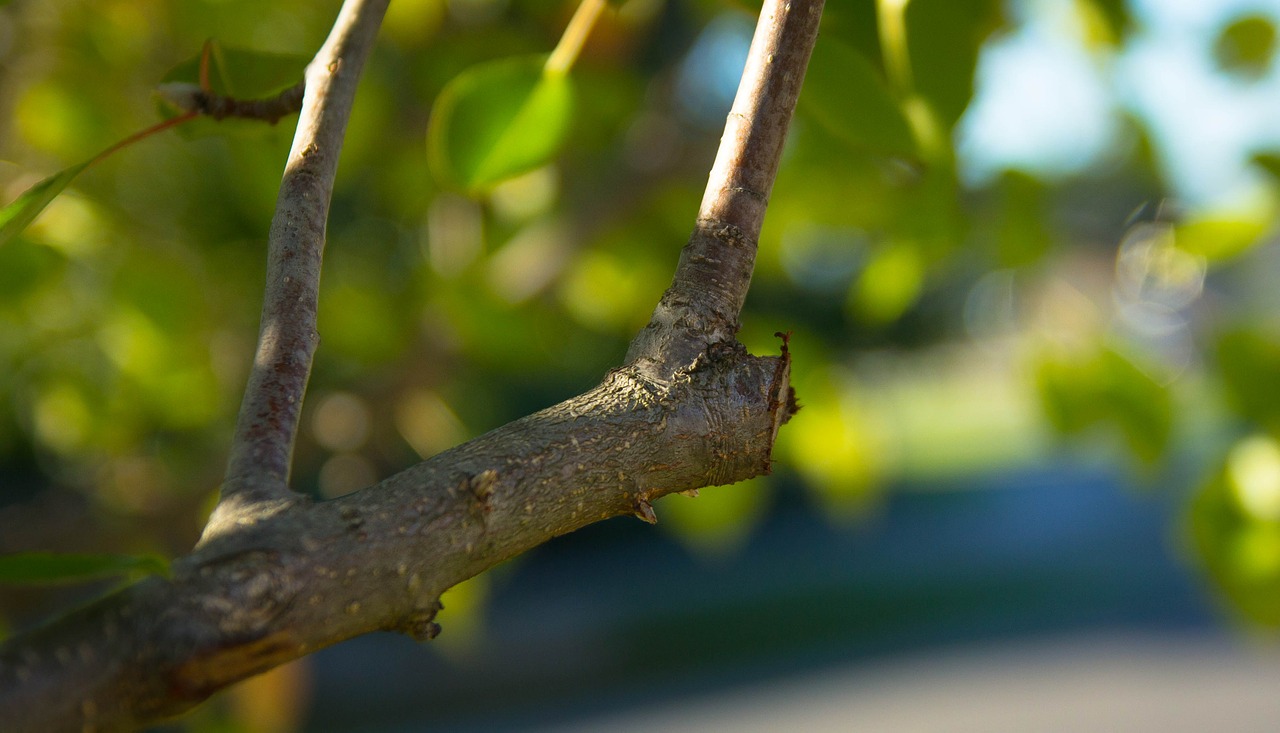Pruning trees and shrubs keeps them healthy, balanced and blooming. And pruning in the dormant season, January through February, is the perfect time to trim most varieties.
Why winter?
Encourage growth – Pruning in winter encourages a burst of spring growth and thick foliage. A well-trimmed shrub can transform from barren to bushy within months.

Less stress – Dormant pruning places less stress on trees or shrubs. This allows them to focus on healing from the wounds pruning creates instead of producing leaves and flowers.
Protect against disease – Most diseases, insects and fungi are also dormant in the winter. Pruning at this time of the year offers protection against disease. For oaks susceptible to oak wilt, this is the safest time of the year to trim.
What to prune now
Trees and shrubs which flower in spring should be pruned right after they bloom in late spring/early summer. All other later blooming and non-blooming varieties benefit from winter pruning.
Here are some of the trees that should to be trimmed in the winter:
Crape Myrtles – Crape myrtles can grow bushy, but with careful pruning can take on a tree–like grace. Trimming in winter, before your crape myrtles sprout is the safest strategy. The dormant structure also makes it easier to evaluate where to cut to eliminate branches that are crossing or damaged.
Oak trees –January is the best time to trim live oaks and red oaks, which are susceptible to oak wilt disease. The trees are dormant as well as the beetles, which spread disease.
Fruit trees – Winter is also your last chance to trim fruit trees.
How to prune
Get out the dead – Pruning should be done primarily to remove dead and damaged limbs or branches. Dead matter left intact attracts fungi and disease. Removing them keeps your trees and shrubs healthy and makes way for new growth.
Trim in balance – Trimming correctly maintains balance for structural integrity. The best time to prevent a tree from falling on your house is long before it ever grows into such a problem.
Think small – Focus on trimming smaller limbs and branches, less than 3-4”. Cutting large limbs from a tree creates a severe wound, which can harm the tree’s life span. Consider trimming smaller branches and limbs first to see if you can achieve your goal without heavy cutting.
Clean tools – Always trim with clean, sharp tools and clean your tools with a 10% bleach solution afterwards.
Good cuts – When making cuts, follow these tips from the Arbor Day Foundation. On smaller branches make a cut just above a healthy bud. For branches more than a year old, cut above the swollen “collar” at its base.

Bandage big wounds – Apply an approved tree wound sealer/dressing on cuts of 1” or greater. It protects against disease and is especially important for oak trees.









